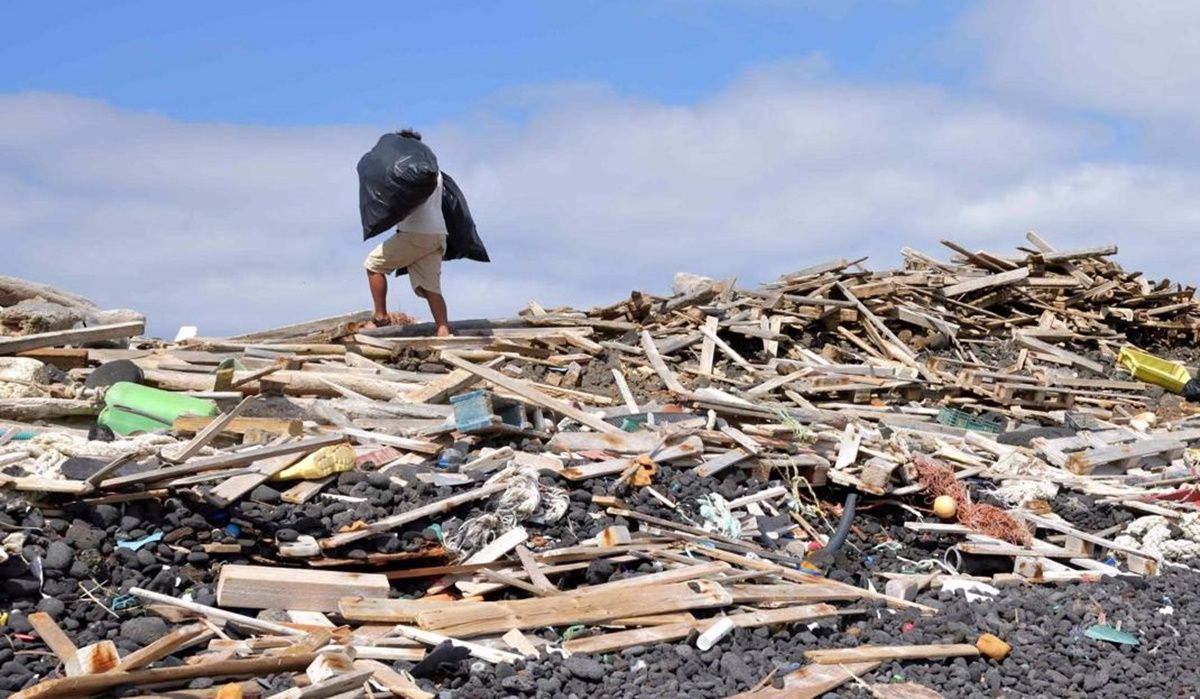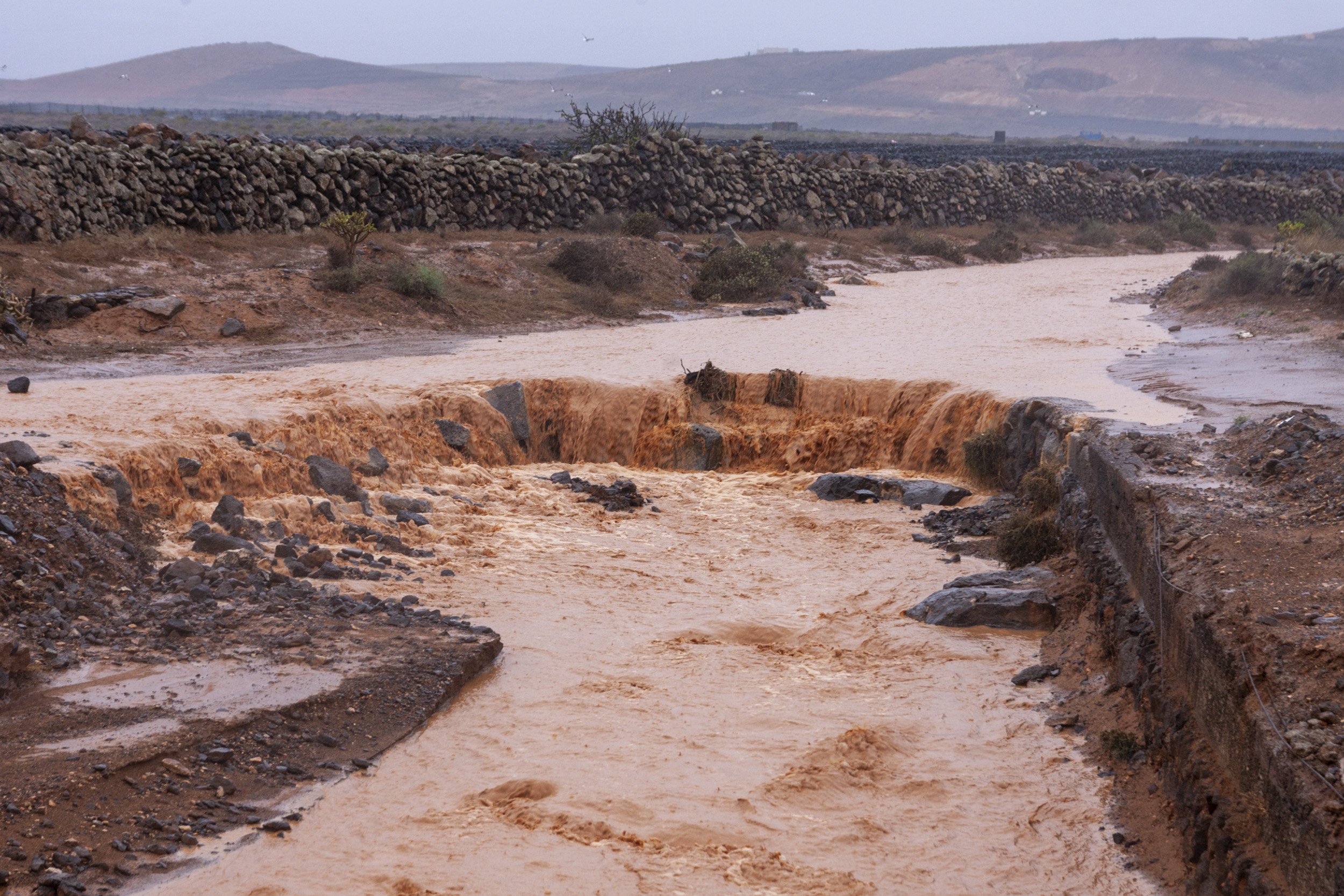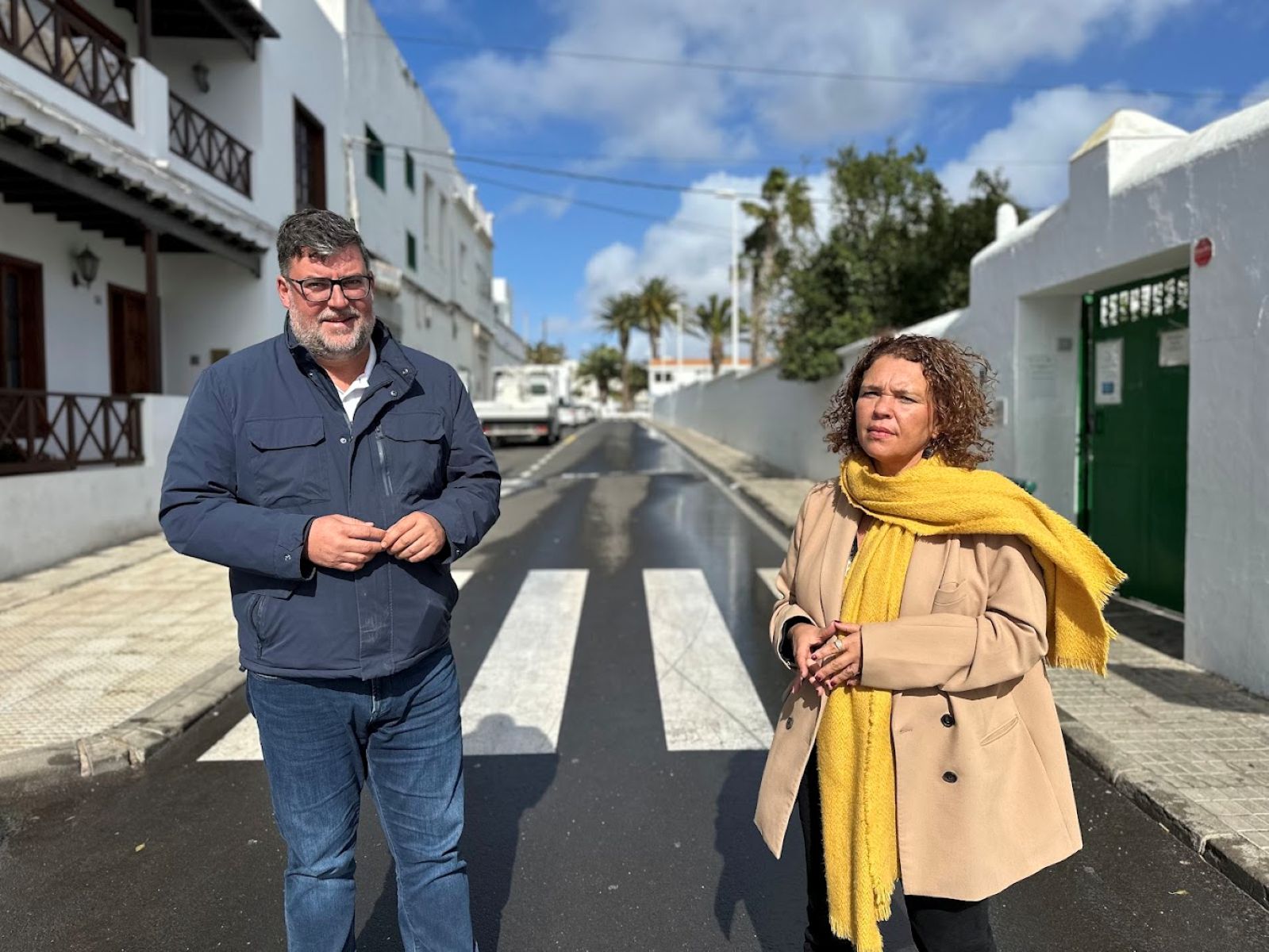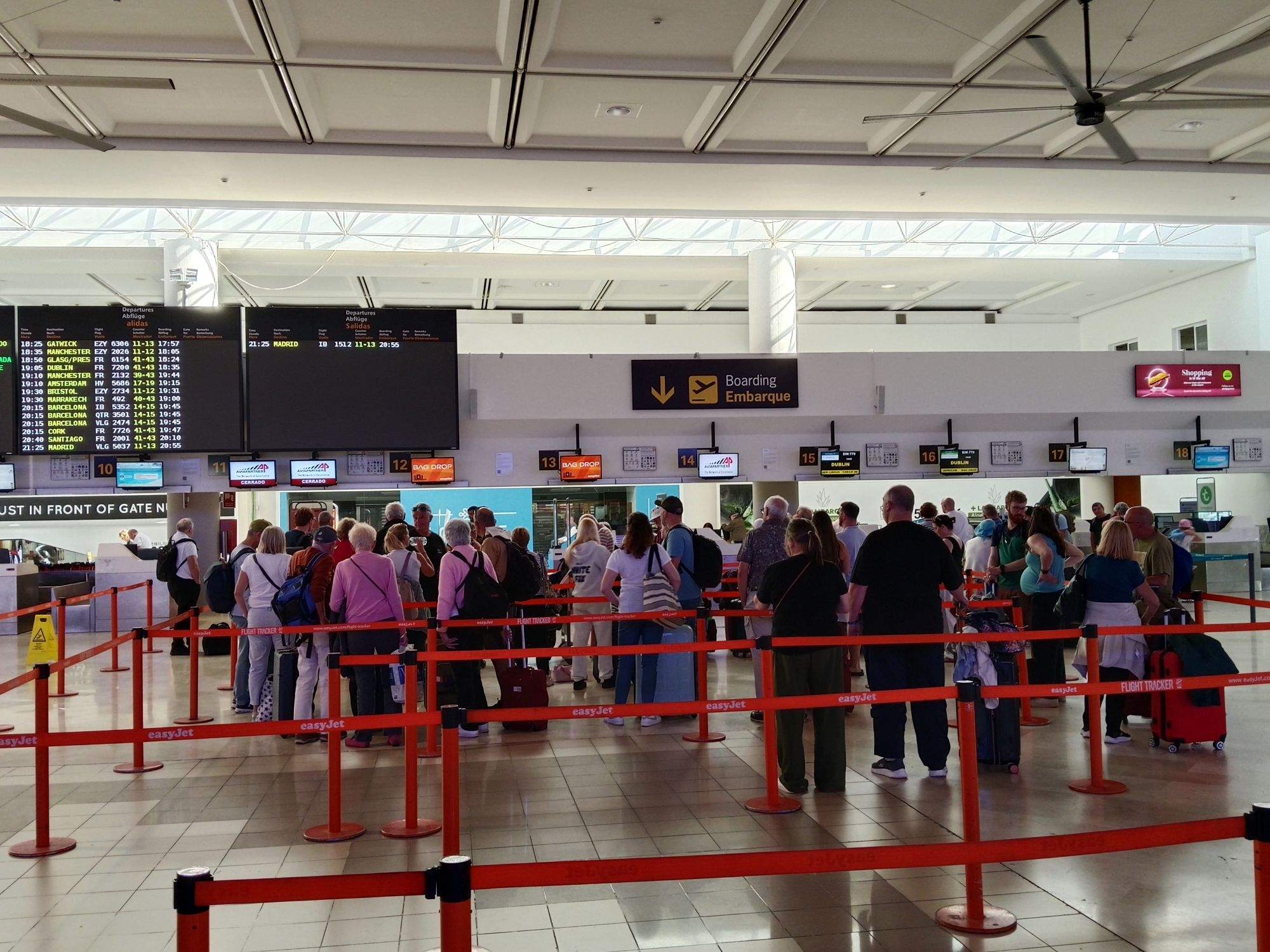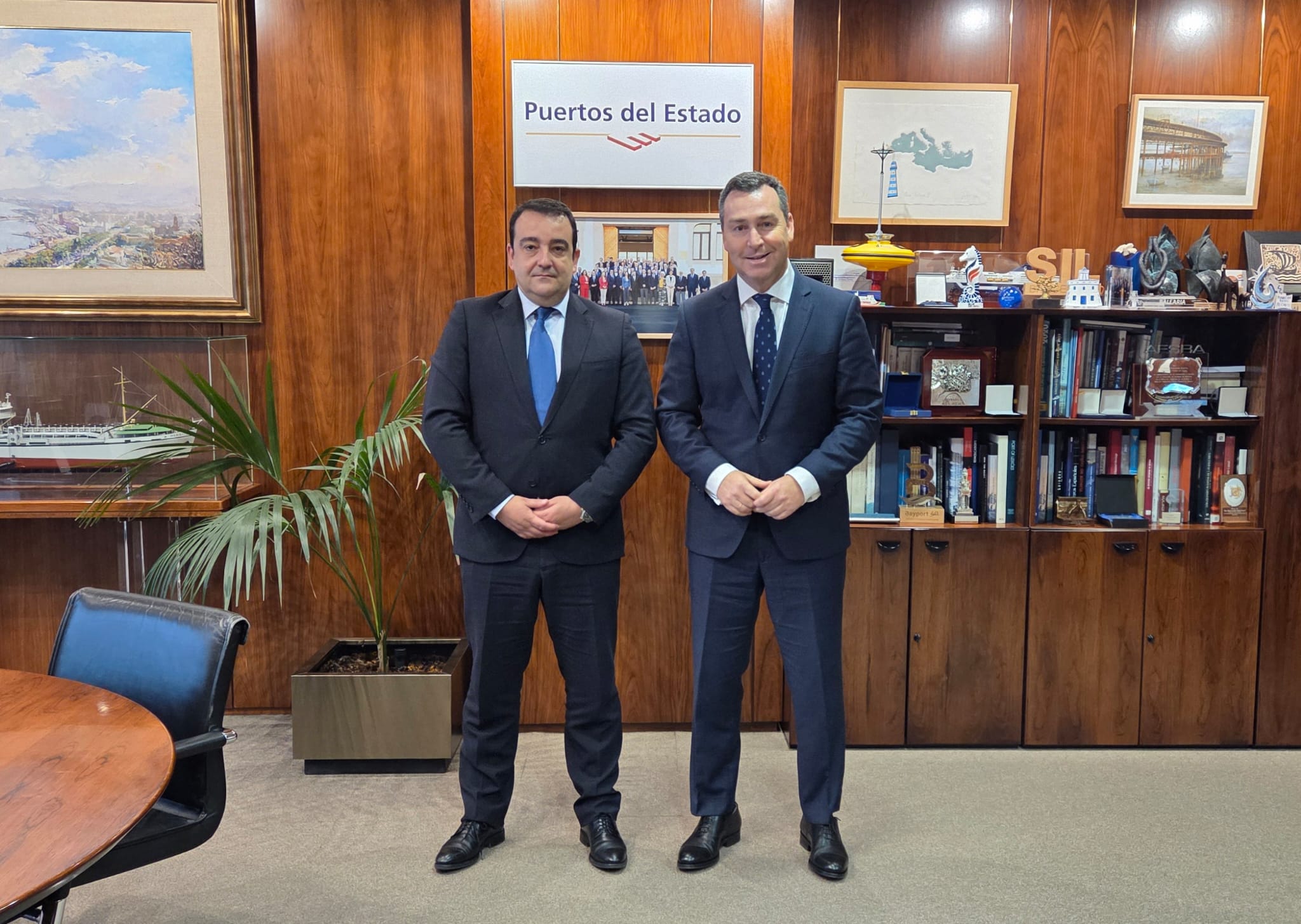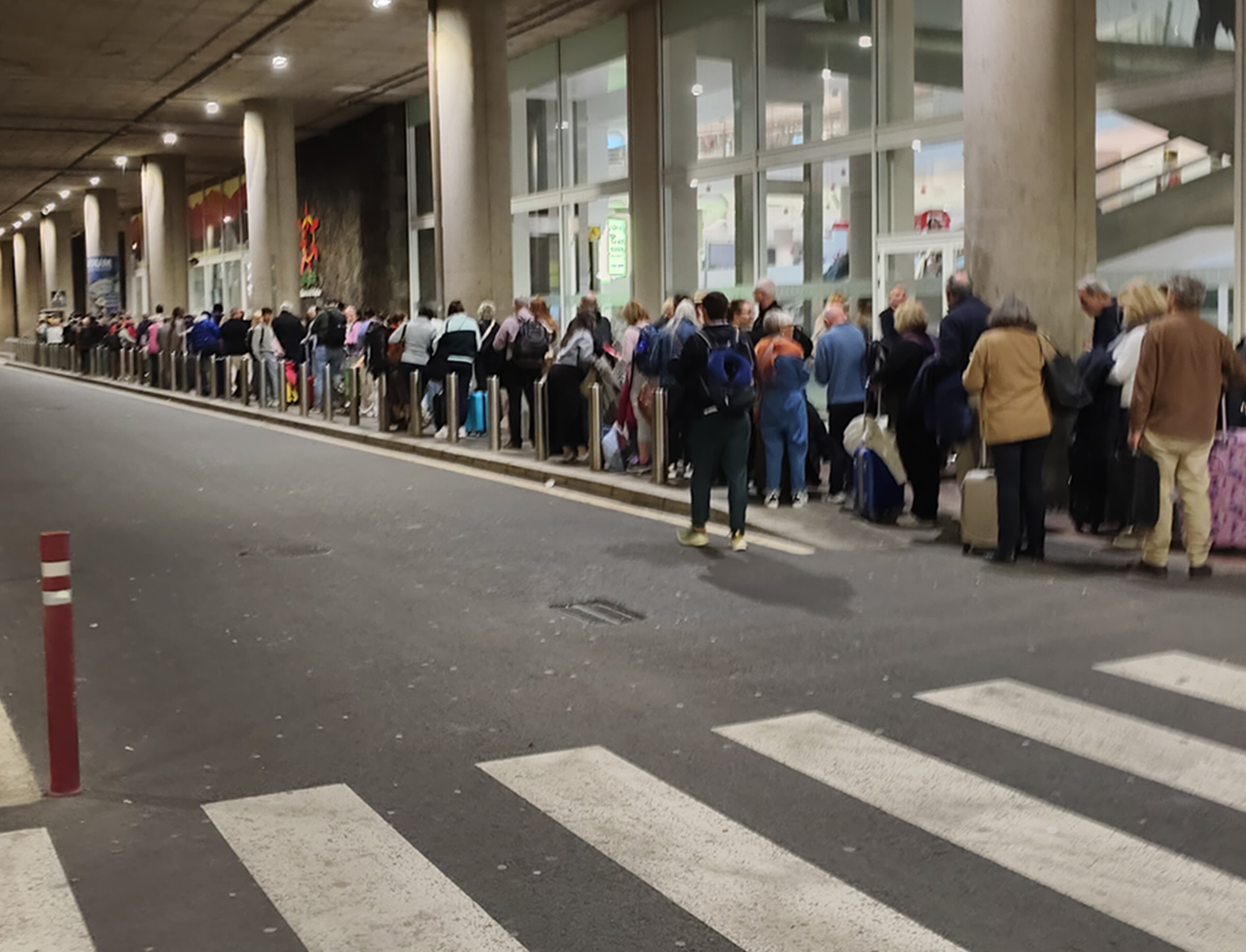What are 14 identification tags for lobster traps with licenses from the United States and Canada doing on an uninhabited island in the Canary Islands? Why are its coves, untouched by tourists, covered in dozens of water bottles from brands only consumed in Asian countries?
Located further north than any other Canary Island, within Europe's largest marine reserve, the Chinijo Archipelago Natural Park, Alegranza is a key refuge for the survival of several protected birds such as the osprey, the white-faced storm petrel, the Cory's shearwater, and Eleonora's falcon; a jewel of only 10 square kilometers that is being punished like few others in the world by the plague of plastic.
A report by twenty researchers from the USA, Canada, Australia, New Zealand, and Indonesia, published in 2020 by "Science," estimated that around 23 million tons of plastic are dumped into the oceans each year and warned that this figure is likely to more than double in this decade and exceed 53 million tons in 2030, even taking into account the ambitious plans announced by some countries to reduce its use.
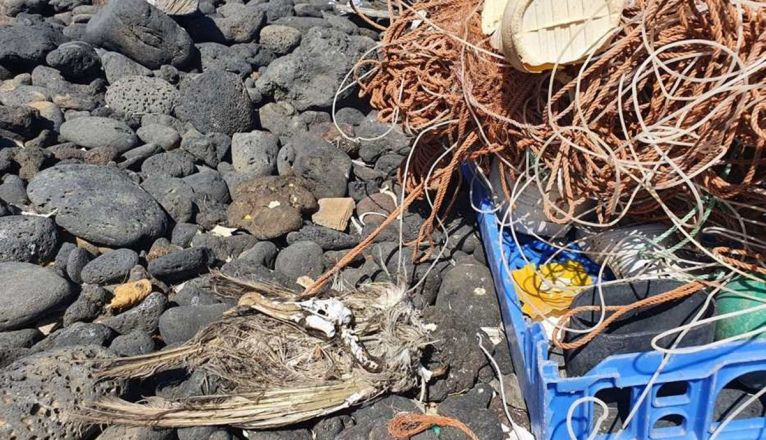
The problem for the Canary Islands in the global threat represented by such a volume of pollution adrift in the seas is its position on the map, or more specifically, in the dynamics of currents that make up the great oceanic gyre of the Atlantic: due to the effect of the Canary Current and the trade winds, protected places like Alegranza are, despite themselves, "hot spots" for the concentration of garbage from the most varied origins.
Three researchers from the University of Las Palmas de Gran Canaria (ULPGC), with the support of the environmental organization WWF and the Maritime Fishing Professional Training Institute of the islands, have carried out for the first time an inventory of the waste deposited by the tides in Alegranza, particularly in places like Caleta de Trillo, where the Canary Current collides for the first time in hundreds of kilometers with a physical obstacle.
Their results are published this month in the journal "Marine Pollution Bulletin": from July to October 2020, participants in this project collected 321 kilos of marine litter in the 100 meters of length of that cove in the north of Alegranza, not counting wood debris, of which 97.7% was plastic.
In their six trips to the island to collect garbage, they removed 930 beverage bottles, 647 bottle caps, 144 bottles of cleaning products, 28 lighters, a thousand fragments of plastic... That, among the waste of "domestic" use objects, but also 448 ropes, 135 fragments of polystyrene, 96 buoys, 21 fish boxes, 16 nets, 37 strips of mussel farms, or 14 labels of lobster traps.
The first thing that draws attention in the inventory is that one in four objects collected in that mass of waste were plastic bottles (25.4%). And the second is the origin of those bottles: in two out of three cases (66%) in which the label was preserved and legible, they belonged to manufacturers in Asia.
The signatories of the article, headed by Alicia Herrera (ULPGC), one of the main researchers of this type of pollution in Spain, emphasize that it is very unlikely that a plastic bottle thrown into the sea in China, Indonesia, or India will end up in the Canary Islands, due to the internal circulation dynamics of the Pacific, Indian, and Atlantic oceans.
The authors are clear about its origin: their suspect is the growing maritime traffic in the Atlantic, both merchant and fishing. And their recommendation is that any plan that aims to mitigate the presence of plastic in the sea must involve reducing the consumption of bottles, which, they recall, are 13% of the waste that ends up on the coasts of the world, as determined in 2021 by another study published by a Spanish team from the University of Cádiz in "Nature Sustainability."
However, not only the Asian fleet is to blame for the bottles that pollute Alegranza: in Caleta de Trillo there were 9.5% of bottles from Spanish brands, 19.1% from manufacturers in other European countries, and 4.8% from African firms.
So they invite the public to use a simple tool on the internet developed by Imperial College London and the University of Utrecht (plasticadrift.org) to check with a single click on the screen how a bottle thrown into the sea in Bilbao can end up in the Canary Islands in a year and four months and in the Caribbean in just over three years, that a piece of plastic dumped into the ocean in Buenos Aires will reach Cape Town in less than two years, or that a cap dragged by the Hudson River in New York will probably appear in Vigo or Lisbon in a year and a half.
In the inventory of plastic waste collected in Alegranza, the number of labels from lobster traps is also surprising. As the license number appears on them, it is known where they come from, from the coasts of Maine, Massachusetts (USA), and Canada, and the year in which they entered the sea is also recorded.
"The licenses found are from the years 1999 to 2018. These data show that there are plastics that may have been in the sea for more than 20 years and are still in good condition, even with legible labels," they emphasize.
